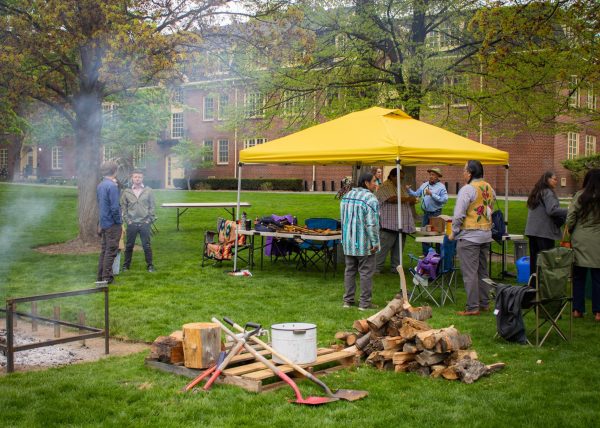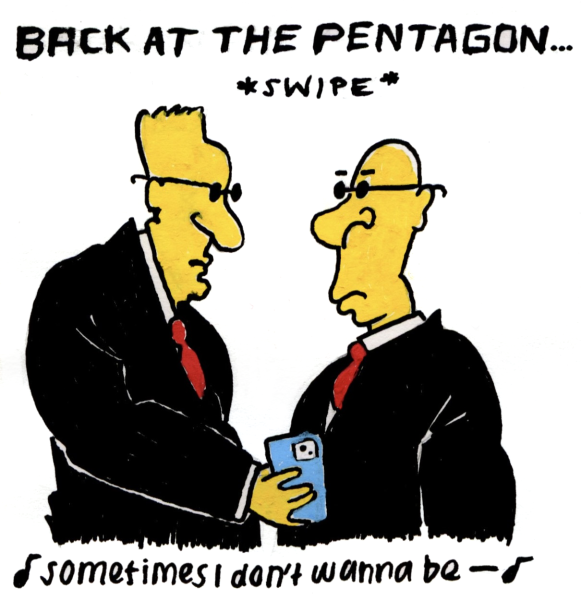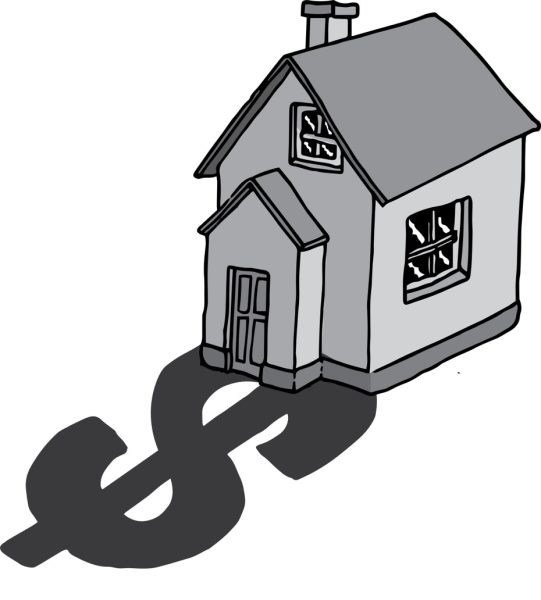Whitman Lacks Diversity
January 28, 2016
Whitman has historically been an overwhelmingly white college. There is a lack of racial diversity on this campus and, as with all the race-related events occurring in the nation, the issue is becoming increasingly more pertinent. More people are realizing that it is wrong to acknowledge the problem but stand by in inaction. If Whitman continues to lack diversity, will it be able to sustain itself as an institution? The protests catalyzed by Whitman’s lack of racial diversity seriously challenge the college’s future.
In these past several years at Whitman, there has been a steady increase in protests over racial and economic diversity. Divest Whitman organized demonstrations and put up signs and art installations last year to protest the removal of needs-blind admission. The mascot, constant micro-aggressions, cultural appropriation and racial profiling are race-related issues that have been increasingly protested this year as well. The struggles that Whitman minority students experience and the general non-responsiveness of the racial majority were brought up many times this November during the Mizzou protests. What worked about this protest at Whitman was its disruptive nature. There were 250 Whitman students in front of the library at 7:00p.m., blocking its entrance during one of its busiest times. This disruption and objection challenge the reputation of Whitman as a place of abundant happiness and down-to-earth perfection.
The internet also can take disruption and threats to reputation to a whole new level. People can post videos of protests on websites such as YouTube or Facebook. There is at least one Whitman protest online right now located at https://www.youtube.com/watch?v=-vwx9LyWn2A. In this protest, the diversity club F.U.B.U. marched into President Bridges’ office in December 2014. They reported an incident of a Latino student during Thanksgiving break being accused by a Whitman security officer of breaking into the French house even though he was living there. The president was dumbfounded, confused and unsure of what to do. The online depiction of this event at Whitman is very different from the way Whitman wants to depict itself – a safe place where all ethnicities and groups of people come together and study in a welcome environment. The internet gives protests more influence because when these videos get shared to countless pages, they easily reach prospective students, alumni and other groups, conveying a more realistic image of the school.
The appropriation, isolation, racial profiling and micro-aggressions minority students deal with would decrease if this school was more racially varied. This is not the only solution but it is definitely a piece of the puzzle. As a result of the racial climate outside of Whitman and the amount of protest clubs that students as a whole have organized, we have more momentum than ever to persevere and continue to disrupt Whitman’s reputation and catalyze a reexamination of the progressive identity of this campus. Whitman depends on its “unpretentious” reputation to attract new students and maintain a steady flow of alumni donations. Continuing to share protest videos online, as well as protesting in real time, will force Whitman to stop ignoring these disruptions and act like everything is okay. Because these protests will continue to affect the current and perspective students, faculty and the administration, something will eventually have to be done in order to alleviate these issues. Overall, this bad state of campus diversity is not sustainable and these disruptive protests will continue to be our main tool in pursuing change and threatening the facade of Whitman’s reputation.








